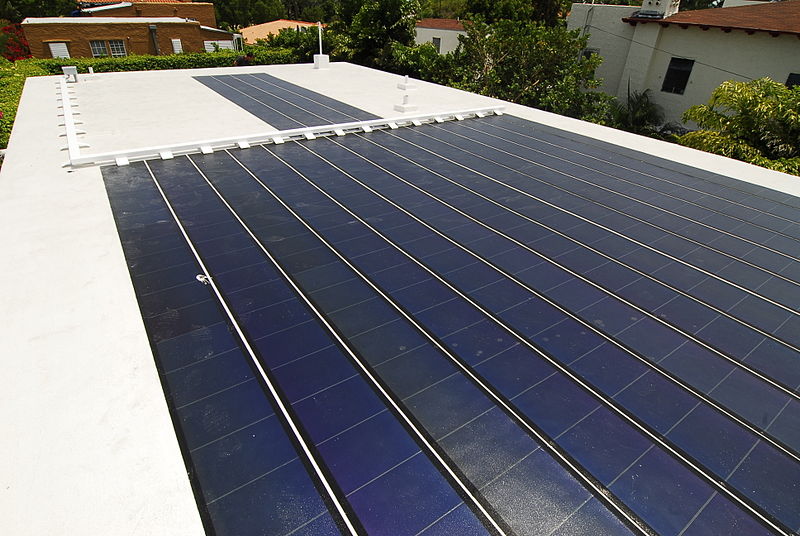New research at Soochow University, China, is looking at how and why perovskite materials degrade — with the hope of engineering solar panels with much longer lives.

Perovskite panels aren’t the only type of solar panels out there, but they are very popular ones. They’re constructed around an active layer of perovskite, which forms crystal structures. Over time, stresses inside the material sandwich can create distortions in these crystals, which reduces their symmetry — essentially wearing them out. Environmental factors like sunlight or temperatures also degrade the layer.
The weakest link
“It is important to understand the degradation mechanisms under different conditions, including light, heat, humidity, electrochemical environment, and intrinsic stability, if you want to improve the durability of perovskite solar cells,” said co-author Zhao-Kui Wang.
“It is important to guarantee that the perovskite and the other layers have the best intrinsic stability and then to do some adjustments for further improving environmental resistance.”
The paper, together with a research update published in the journal APL Materials looked at the factors that influence the degradation of this layer, how degradation influences its performance, and examined possible approaches to making them more resilient.
The update focuses on chemical degradation, caused mainly by the transporting layers (integral parts required for the devices to work which sit in direct contact with the perovskite layer). The authors also analyzed the intrinsic stability of the perovskite layer and how factors such as moisture, oxygen, light, and heat affect it.
One of the most promising ways of reducing degradation seems to be bonding passivation — the removal of tiny gaps formed when assembling the layers together.
The team also points to hydrophobic (water-repelling) and ionic liquids as useful for this purpose under several types of environmental conditions. Ionic liquids can help maintain a stable internal temperature while the panels generate energy, and hydrophobic materials keep moisture out — which further improves the devices’ lifespan. Ionic liquids can be easily modified to possess hydrophobic properties, they add.
“The low volatility means ion liquids can be considered an environmental-friendly solvent for perovskites, yet the efficiency of the device still needs improvement,” Wang said.
“We have proposed the concepts of pure oxygen stability and flexible stability, which are valuable for other researchers to pay attention. Moreover, we hope that these strategies are not only useful in perovskite solar cells but also in other photoelectrical systems, such as organic photovoltaics, photodetectors, and light-emitting diodes.”
As solar power stands poised to take the lead in our energy grids, such research could help dramatically slash operation costs and increase the active lifespans of solar power plants — which would mean less pollution and cheaper energy for us all.
The paper “Durable strategies for perovskite photovoltaics” has been published in the journal APL Materials.









